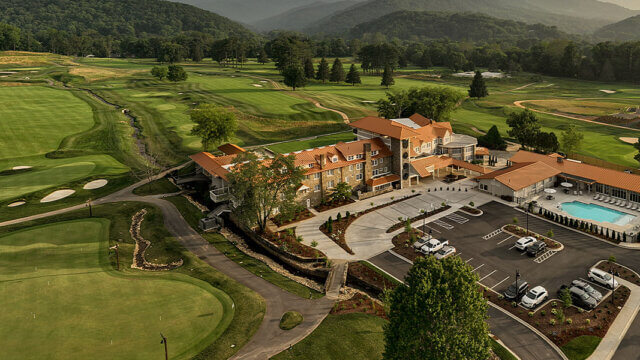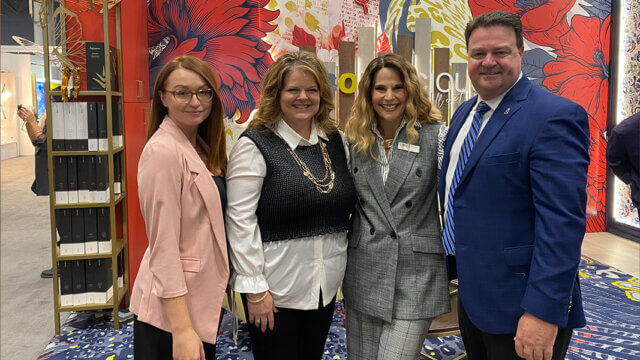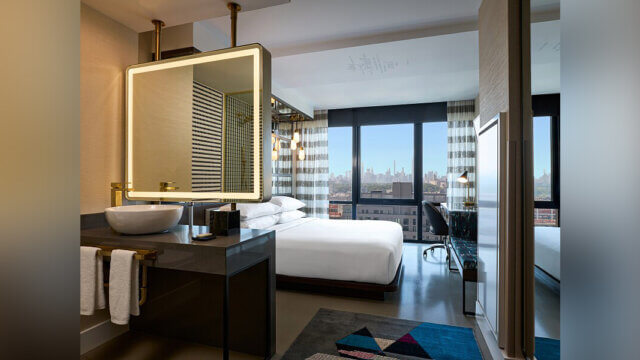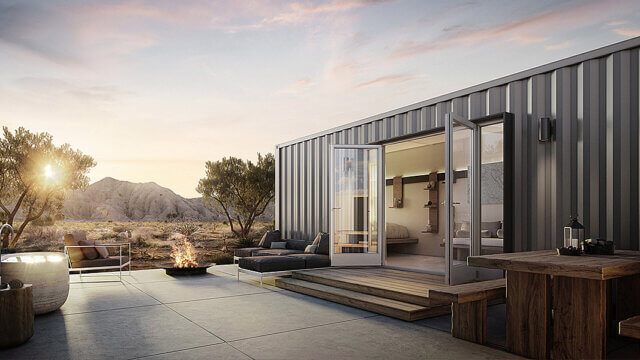WHITEFISH, MT—With so many development plans put on hold because of the COVID-19 pandemic, consultant Blu Spas has created Blu Revu to enable wellness, spa and fitness leaders to make educated decisions about their development plans, including post-COVID-19 considerations.
“The Blu Revu offers a supporting role during these difficult times to ensure project planning is appropriate for the desired guest experience and hotel, club or day spa,” said Cary Collier, principal, Blu Spas. “The overarching intent of the Blu Revu is to avoid costly and guest-disappointing errors.”
Collier said that with so many companies furloughing or downsizing employees, a review can help projects move forward. Blu Revu’s offerings include an a la carte selection designed to let owners, operators and designers choose exactly what services they need, provide information they are missing or unsure of and to get a no-nonsense review of their wellness project.
“We thought this kind of a la carte offering would provide greater accessibility to our team,” said Doug Chambers, principal, Blu Spas. “There was a dual purpose: the disruption in the overall planning process at large with so many people from brands in particular being furloughed—it is to fill that gap, and also that broader accessibility. The other is to highlight our a la carte offerings, a specific, very directed COVID-19 preparation. They may not need anything other than that aspect of the Blu Revu—just the adaptations they need to do to be COVID-ready. That is everything from protocols to new technology, whether it is portable or fixture-type technology.”
Collier and Chambers welcome some of the changes that might come about because of the reaction to the pandemic. “A big silver lining is that the needle has moved toward wellness, architecture, sustainable design and resilient design,” said Collier. “That is fantastic; that is in every conversation that we have had for the last two months. It seems like it is finally happening.”
Chambers said that certain technologies will now come to the forefront. “There are some really interesting technologies that for one reason or another hadn’t really gotten traction before that now the justification for them seems a lot more apparent,” he said. “For example, technology where you have an awareness of the traffic that has been through a space and whether or not the space has been occupied; you can establish business rules for sanitation based upon traffic in and out of a restroom or locker room, etc.”
He continued, “Automated sanitation technologies are another, so that as soon as a treatment room, for example, has been vacated, the automated technology kicks in and sanitizes the room through UV or fogging or other types of technologies. There are some technologies that have been completely underutilized in the past that now all of a sudden, the business justification for them is much more apparent that we will see.”
But, Chambers said, the key is to find the right level of technology and hardware that won’t be a burden on the property once the pandemic has passed. “It is finding that balance of having technology that is going to provide that psychological reassurance to the guest that the property is attentive to these issues without a long-term burden on the property feeling dated six months after a vaccine comes out,” he said.
More indoor/outdoor spaces may also become the norm. “We have long been advocates of indoor and outdoor spaces,” he said. “We are finding that the outdoor spaces are a lot more attractive. Setting aside the practical aspects of it, psychologically, people have a lot more confidence in those outdoor spaces. That is something that we have been able to leverage more because that has been a long-standing mantra of the company—really highlighting those outdoor spaces, integrating that kind of indoor/outdoor experience and not having things be so claustrophobic or feel like you are in a leftover space of a basement. It is a silver lining for us that this is even more relevant now.”
Both see a move to more contactless experiences and less of a demand on staff. “We have features that we advocate where it is almost a self-directed type of experience,” said Chambers. “A guest or a group of guests can go in and have an experience without requiring staff. In addition to addressing COVID-19 concerns, just from a straight business modeling standpoint, we have advocated that for a long time because it sidesteps that one-guest, one-therapist dynamic that can really have a damaging impact on overall payroll load from an operating standpoint. It makes sense from that standpoint, but conveniently, it also really plays into addressing COVID-19 concerns.”
Collier added, “The problem with spas has always been the cost of labor, and that is not going to go away. With self-directed, it is more of an access-fee model, the price is lower, you have a lot of choice, no one is leading you around and you can pretty much stay for as long as you want. That is the variety of pools and firepits, etc. It brings more of a fun vibe. I think that a lot of fun has really been taken out of a lot of spas. It has become a little too serious where you are tiptoeing around and whispering. This is a departure from that. The treatment part is still important, of course, but it is intersecting. It is integral in terms of having another type of experience.”




